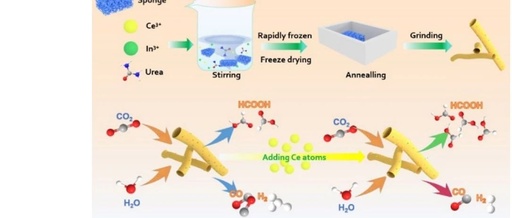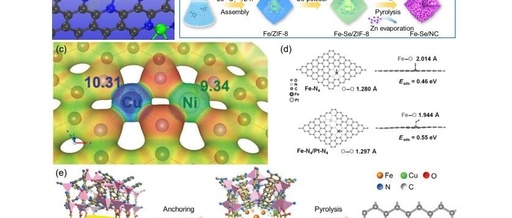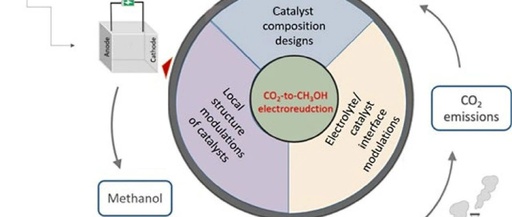Atomic Dispersed Indium and Cerium Sites for Selective CO2 Reduction to Formate
Currently, the single-atom combination catalysts (SACCs) for the electrochemical reduction of carbon dioxide (CO2RR) to formic acid (HCOOH) are still very limited, especially those based on lanthanide elements. In this study, we successfully synthesized a novel type of SACCs with atomically dispersed In and Ce active sites on a nitrogen-doped carbon matrix (InCe/CN). The aberration-corrected … Read more



